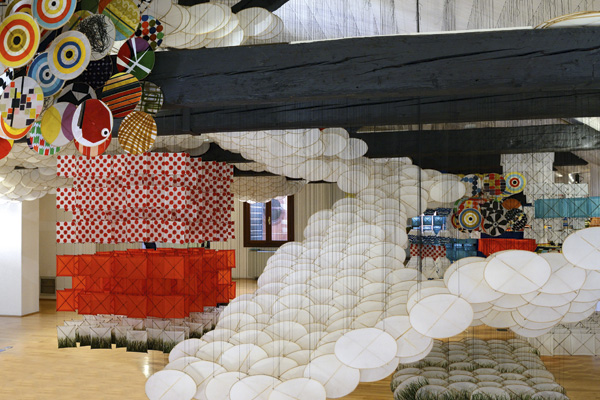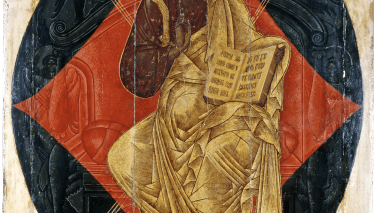William Empson believed that ‘the arts are produced by overcrowding’. But, as 20,000 invited guests and 4,500 accredited journalists surged through the pavilions of the Giardini and Arsenale on the 55th Venice Biennale’s preview days last week, it was more a case of overcrowding being produced by the arts.
Over the past 20 years the Biennale has inexorably expanded with every edition. In 1993, 53 countries were represented. This year there are 88, with Angola, the Bahamas, Bahrain, the Ivory Coast, Kosovo, Kuwait, the Maldives, Paraguay, Tuvalu and the Vatican officially appearing for the first time. There are nearly 50 official collateral events and scores of other exhibitions around town.
Massimiliano Gioni, at 39 the event’s youngest ever artistic director, has more than doubled the number of artists his predecessor showed two years ago in the Central Pavilion in the Giardini, or Castello Gardens, and the Corderie, or Rope Walk, at the Arsenale.
The title of Gioni’s exhibitions — Il Palazzo Encyclopedico (The Encyclopedic Palace) — is taken from a 136-storey tower designed in his back yard by an amateur Italian–American architect Marino Auriti in the 1950s. Auriti’s model of the tower is in the entrance to the Corderie. His hope was that this gigantic edifice, over 2,000 feet high and covering 16 blocks, would be built in Washington DC as a repository of all human knowledge.
Gioni has not confined himself to contemporary art, but has chosen works from over the past 100 years. Many of the artists displayed are dead. Many, too, were or are amateurs, and quite a high proportion suffered from delusions, were in the grip of unusual sexual obsessions, or unhinged in other ways. Some of the art is anonymous, such as Shaker gift paintings and shamanistic drawings from Melanesia.








Comments
Join the debate for just £1 a month
Be part of the conversation with other Spectator readers by getting your first three months for £3.
UNLOCK ACCESS Just £1 a monthAlready a subscriber? Log in